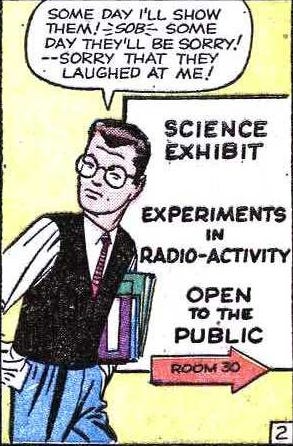What is a camera angle in comic books?
A camera is what the reader is looking at and so, a camera angle is how the camera is positioned. Think of comic book panels as a moment in a scene in a movie/TV show/video game. Camera angles are also called shots which the word is usually found in movie/television terminology.
As such, like in a movie/TV show/video game, it’s all about what is being shown to the viewer. If the panel were a photograph, where would the camera stand in relation to its subject? How far away from the subject is the camera? Is it a close up, medium shot or long shot? At what angle is the camera pitched? Is it a low angle, eye-level, a high angle, or a bird’s eye view? All of this will have an effect on the reader’s understanding of the subject and what is happening inside the comic book.
There are different types of camera angles in comic books. The distance between the “edges” of the panel and the subject determines the type of shot. Each type of shot is used to convey meaning, emotion, and detail.
Extreme close-up: zeroes in on a specific part of a subject's face, like eyes narrowing in suspicion, or focuses on a key object, such as in this case a spider. This kind of shot reveals the character's thoughts through visual clues or highlights the significance of an object in the narrative. Similar to a close-up, it's primarily linked with emotion, capturing how the character feels about their surroundings.
Close-up shots or close shots capture the subject's head, neck, and the tops of their shoulders. They're typically used to highlight the character's emotions by making facial expressions highly visible.
A medium close-up captures a subject from the chest up. It offers more intimacy than a medium shot but doesn’t convey emotions as vividly as close-up or extreme close-up shots.
A medium shot captures the subject from the waist up. Since it doesn't highlight facial features as clearly as close-ups or extreme close-ups, this shot is typically used for conveying less emotional information.
A full shot captures the subject's entire body, leaving little space between them and the edges of the frame. This directs the focus more on the subject and less on the surrounding environment.
A long shot includes the entire subject within the frame, with substantial space between the subject and the edges. This setup showcases the environment, making both the subject and the surroundings equally important.
An extreme long shot captures the subject from such a distance that they’re barely visible. It’s often used as an establishing shot—the first in a scene—to set the context and inform the viewer of the scene’s setting. However, it can also provide context, highlight the subject’s relationship with their environment, or serve as an artistic choice by the illustrator.











